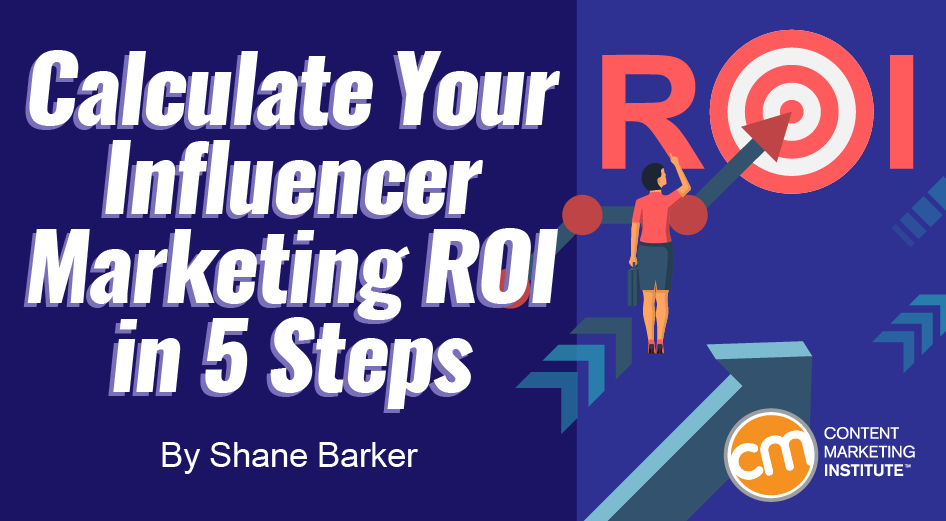Step 1: Set campaign goals for accurate ROI tracking The first and most important step in any influencer marketing program is to set clear goals and objectives. Some common influencer marketing goals for marketers include: However, these are broad goals. To run a successful influencer program, dive deeper and set goals at a more granular level. Step 2: Define metrics to measure campaign performance With the campaign goals set, you need to identify the metrics to measure them. Your performance metrics could include number of impressions, clicks, brand mentions, follower growth, increase in brand engagement, etc. You can also track the performance of each influencer based on metrics like reach, ROI, engagement, and total media value. It lets you keep track of your campaign based on metrics like conversions, content pieces, revenue generated, revenue ROI, media value, engagements, cost per click, and impressions. Through this process, you can improve the effectiveness of your next campaign and run a successful influencer program for your brand. Feel free to include additional tools in the comments (from your company or ones that you have used). Meet content marketing influencers and learn about influencer marketing at Content Marketing World 2019 this September.

Almost 80% of brands say they dedicated budget this year to influencer marketing, according to Relatable’s 2019 State of Influencer Marketing Report. By 2020, an estimated $8 billion is expected to be spent on Instagram influencer marketing alone.
While these statistics clearly show the growth in influencer marketing, they do not tell us whether it’s being done well. To determine the success of your influencer program, you need to track campaign performance and make sure the return is adequate for the investment.
This step-by-step plan enables you to track your influencer campaign ROI. Read on and get ready to launch your next influencer program.
Step 1: Set campaign goals for accurate ROI tracking
The first and most important step in any influencer marketing program is to set clear goals and objectives. Determining your goals lets you determine what kind of influencers to work with, types of content, distribution platforms, etc.
Some common influencer marketing goals for marketers include:

However, these are broad goals. To run a successful influencer program, dive deeper and set goals at a more granular level. This will make it easier to track your campaign ROI.
Step 2: Define metrics to measure campaign performance
With the campaign goals set, you need to identify the metrics to measure them.
Well-defined and clear goals should:
- Be specific. For example, if your goal is to increase revenue, define by how much in dollars or percent growth.
- Set a timeline. For instance, you could track the increase in traffic within two weeks of launch.
- Be achievable. Your influencer program is bound to fail if your criterion for determining its success is unrealistic.
You don’t need to pick a single metric to understand whether you’ve achieved the goal. For instance, let’s say your campaign goal is to raise brand awareness. Your performance metrics could include number of impressions, clicks, brand mentions, follower growth, increase in brand engagement, etc.
If you’re unsure of which metrics to choose, look at the common performance metrics used by other marketers. According to a Linqia study, engagement is the most-used metric in influencer marketing programs (cited by 90%). The majority of marketers also use clicks (59%), impressions (55%), and conversions (54%). Other metrics such as reach and product sales are also popular.

Step 3: Develop goals and performance metrics for individual influencers
It’s important to understand which influencers are contributing and which are lagging behind your expectations so you can focus on what works and cut resources spent on underperformers.
Individual influencer goals must align with your campaign goals. For instance, let’s say your main campaign goal is to generate a certain revenue within a certain time frame. An individual influencer goal would detail the minimum amount the person would generate within that time frame.
Individual influencer metrics include:
- …

COMMENTS